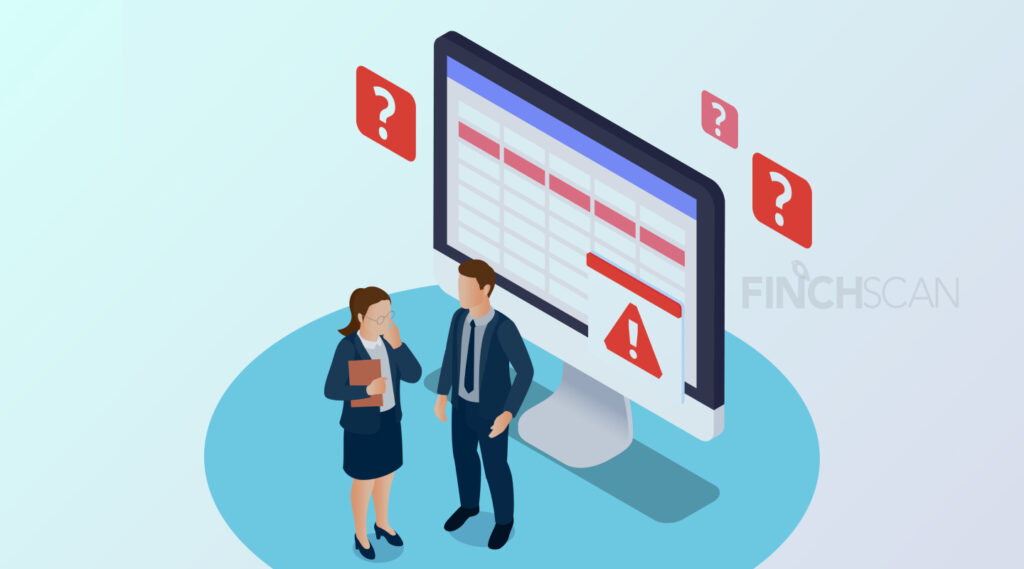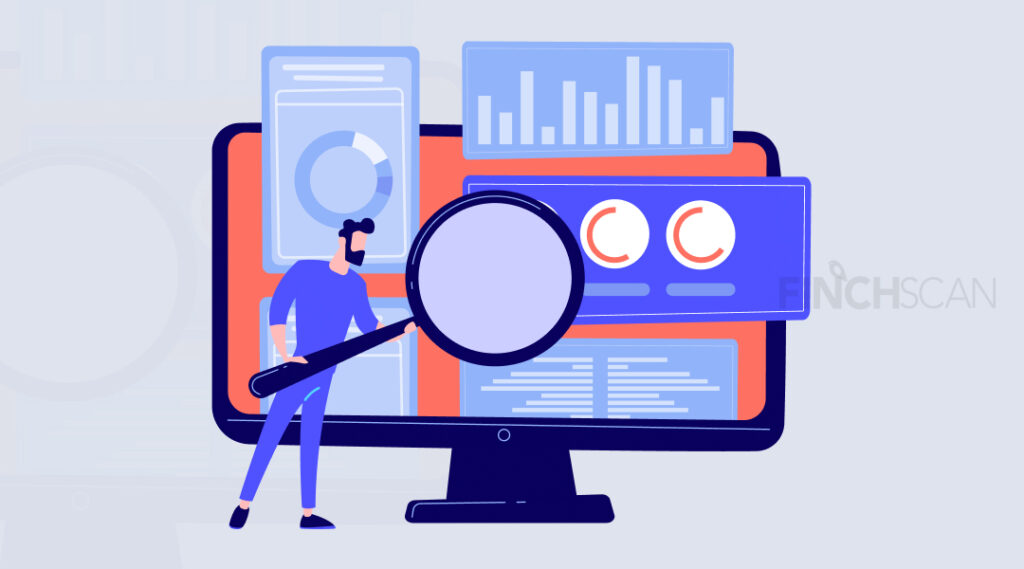Adverse Media Screening: A Critical Component of AML Compliance

With the increasing risk of financial crime and money laundering, businesses must be proactive in identifying potential threats associated with their customers or prospects. Thorough adverse media screening is an essential tool for detecting negative information for know your customer (KYC) and customer due diligence (CDD) processes. Adverse media checks may indicate reputational risk, illegal or unethical activity before onboarding new customers, during regular monitoring or during any specific risk events.
What is Adverse Media Screening?
Adverse Media Screening (also known as negative news screening) is the process of searching for activities, unethical behavior, or reputational risks. This information can be sourced from various channels, including news outlets, online publications, blogs, social media platforms, public records, and government reports providing crucial insights into a prospect/customer’s background.
How is Adverse Media Screening Done?
Adverse Media Screening involves collecting information from publicly available sources such as news outlets, blogs, social media, public records, and government reports. Automated AML screening tools are commonly used to efficiently detect negative news, while manual searches may be conducted for cases requiring detailed investigation. This approach improves compliance with AML regulations while mitigating reputational and operational risks. Ongoing monitoring is also a critical step to continuously screen customers, ensuring any new adverse media is promptly identified and addressed.
Why is Adverse Media Screening Important?
Adverse media screening helps businesses reduce the risk of financial crimes like money laundering, fraud, and terrorism financing by identifying potential risks and enhancing compliance with AML regulations. By evaluating risks early, businesses can make smarter decisions before onboarding customers and during ongoing monitoring. This process also protects a brand’s reputation by avoiding associations with unethical or criminal activities, helping them maintain trust. Ultimately, adverse media screening provides valuable insights to guide better business decisions, promote credibility and long-term partnerships.
The Best Practices for Adverse Media Screening and How FinchSCAN Helps
1. Automate the Screening Process:
Manually tracking adverse media is a challenging and resource-intensive task, especially with the large volume of global data. Automating this process can help reduce the effort by assisting businesses to efficiently monitor relevant news, reducing the risk of missing critical information. FinchSCAN automates the AML screening process, allowing businesses to track global news from multiple sources timely, helping them meet regulatory requirements without complexity.
2. AI for Enhanced Accuracy:
To enhance adverse media screening, utilizing advanced technologies like artificial intelligence (AI) and machine learning (ML) to filter out irrelevant content is necessary. AML screening tools powered with AI and ML help identify patterns and correlations that may go unnoticed by human analysts. Powered by Finch.ai, FinchSCAN uses advanced technology to analyze vast datasets, filtering out irrelevant information. Our technology enhances the accuracy and speed of risk assessments.
3. Global and Multi-Language Coverage:
A comprehensive approach to adverse media screening requires coverage across multiple languages and global sources. Businesses need to monitor news in various languages to avoid missing out on any relevant information, especially when dealing with international partners or clients. FinchSCAN provides extensive global and multi-language coverage, helping businesses to stay vigilant of potential risks across different regions and languages.
4. Ongoing Monitoring and Re-Screening:
Adverse media screening is not a one-time task. Best practices involve continuous monitoring and periodic re-screening to stay updated on any new developments and identify any emerging risks.
FinchSCAN offers ongoing monitoring feature that helps to screen your data periodically, keeping businesses up to date with the latest developments. This proactive approach means that previously low-risk entities are flagged if any new information surfaces, helping businesses stay ahead of potential threats.
Conclusion
FinchSCAN’s adverse media screening module makes it easier for businesses to monitor and mitigate individual or entity compliance risks. Extensive global sanctions lists, media coverage, ongoing monitoring and our Finch.ai technology, strengthens our adverse media screening module as an effective tool to help organizations combat money laundering.
To learn more about FinchSCAN, please visit: www.finchscan.com




